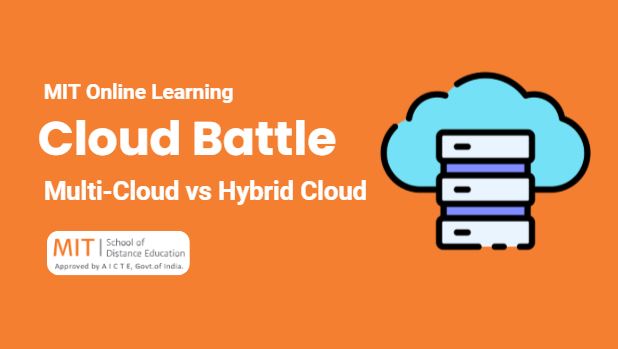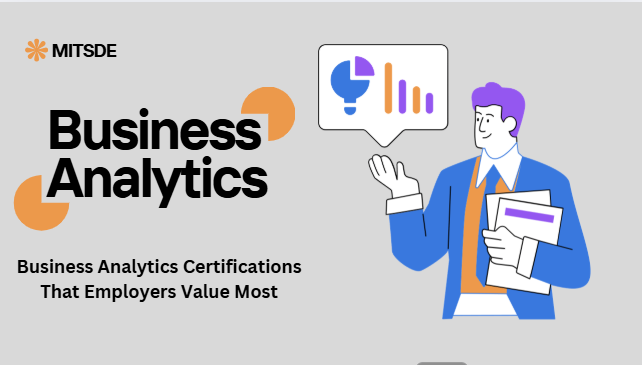
In today’s fast-paced digital world, businesses need flexible, secure, and cost-effective IT infrastructures. With the rapid adoption of cloud technologies, multi cloud solutions and hybrid cloud solutions have emerged as the two most popular approaches.
While both strategies involve using multiple cloud environments, they serve different purposes and come with unique benefits and challenges. This blog will break down their differences, advantages, and the future of cloud computing for enterprises.
What is a Hybrid Cloud Solution?
A hybrid cloud solution is an IT infrastructure that integrates public cloud services (e.g., AWS, Azure, Google Cloud) with private cloud resources and sometimes on-premises data centers. It allows businesses to move data and applications seamlessly between environments while maintaining control over sensitive workloads.
Key components of hybrid cloud architecture:
- Public Cloud: Scalable, third-party infrastructure for non-sensitive workloads.
- Private Cloud: Secure, dedicated environment for critical applications.
- On-Premises Infrastructure: Often used for sensitive data and legacy systems.
- Hybrid Cloud Management Tools: Provide centralized control and workload automation.
Benefits of hybrid cloud solutions include:
- Flexibility & Scalability – Use public clouds for peak workloads and private clouds for sensitive data.
- Cost Optimization – Control expenses by using public clouds for non-critical tasks.
- Enhanced Security – Keep confidential data on private servers while leveraging public infrastructure.
- Agility – Respond quickly to business demands with seamless workload distribution.
- Disaster Recovery – Improve resilience with multi-location data backups.

Best Multi-Cloud Strategy for Enterprises
Multi cloud solutions involve using services from multiple public cloud providers—like AWS, Azure, and Google Cloud—without depending on just one. Unlike hybrid setups, multi-cloud environments don’t necessarily include private infrastructure.
Key benefits of multi-cloud strategy:
- Avoid Vendor Lock-In: Choose the best services without being tied to one provider.
- Performance Optimization: Select different clouds for specific workloads.
- Resilience & Reliability: If one provider experiences downtime, your applications can failover to another.
- Cost Efficiency: Compare pricing across providers to reduce infrastructure costs.
Example:
An enterprise might use AWS for compute, Azure for storage, and Google Cloud for machine learning to maximize efficiency.
Benefits of Hybrid Cloud Solutions for Businesses
Businesses today demand agility and security, making hybrid cloud solutions a preferred choice for modern IT infrastructure.
- Greater Business Continuity: Easily manage workloads during disruptions.
- Improved Data Compliance: Maintain sensitive data on-premises while meeting regulatory requirements.
- Faster Innovation: Deploy applications quicker with access to scalable public resources.
- Seamless Scalability: Expand computing resources without large upfront investments.

Multi-Cloud Management Challenges and Solutions
While multi cloud solutions offer flexibility, managing them can be complex. Common challenges include:
Challenges:
- Fragmented management across providers
- Inconsistent security policies
- Higher operational costs
- Integration difficulties
Solutions:
- Use centralized management platforms to monitor resources.
- Implement cloud governance policies for cost control.
- Automate workloads for efficient resource allocation.
How to Implement a Hybrid Cloud Infrastructure
Implementing hybrid cloud architecture requires a strategic approach:
- Assess Business Needs: Identify which workloads need public vs. private environments.
- Choose the Right Providers: Pick services that align with scalability and security goals.
- Leverage Integration Tools: Use APIs, VPNs, or secure WAN connections for smooth operations.
- Adopt a Unified Management Platform: Monitor all workloads from a single dashboard.
- Ensure Data Security & Compliance: Encrypt sensitive data and establish strong access controls.
Hybrid vs. Multi-Cloud: Advantages and Disadvantages
|
Factor |
Multi-Cloud |
Hybrid Cloud |
|
Infrastructure |
Multiple public clouds |
Private cloud + public cloud(s) |
|
Primary Goal |
Flexibility, performance, cost savings |
Balance between security and scalability |
|
Management |
Separate control planes per provider |
Centralized management across environments |
|
Data Handling |
May require custom integrations |
Seamless data flow between clouds |
|
Cost Optimization |
Requires constant monitoring |
Easier to manage due to controlled workloads |
Summary:
- Choose multi cloud solutions if your goal is flexibility, performance optimization, and vendor independence.
- Opt for hybrid cloud solutions if data security, compliance, and unified control are top priorities.
Future of Multi-Cloud and Hybrid Cloud in Business
With the increasing demand for scalability and data security, multi cloud vs hybrid cloud adoption is expected to accelerate in the coming years. Organizations will move towards AI-driven cloud management, serverless architectures, and cloud-native applications to stay competitive.
Businesses investing in the right cloud strategy today will gain a significant edge in operational efficiency and innovation tomorrow.
Upskill with MITSDE’s PGDM in Information Technology
Understanding multi cloud strategy and hybrid cloud architecture isn’t enough—you need hands-on expertise to stay ahead in the IT industry. MITSDE’s PGDM in Information Technology equips you with the practical skills and industry knowledge to design, implement, and manage complex IT infrastructures.
Why Choose MITSDE:
- Industry-relevant curriculum
- Flexible learning designed for working professionals
- Exposure to real-world IT challenges and solutions
Explore MITSDE’s Information Technology Courses and prepare yourself for leadership roles in IT Management.
Final Thoughts
Cloud computing is reshaping the digital economy, and the choice between multi cloud solutions and hybrid cloud solutions depends on your organization’s unique needs. To build a rewarding career in IT and cloud management, continuous upskilling is key.
With MITSDE’s PGDM in Information Technology, you gain the skills to thrive in a competitive tech-driven world.
Learn More →




